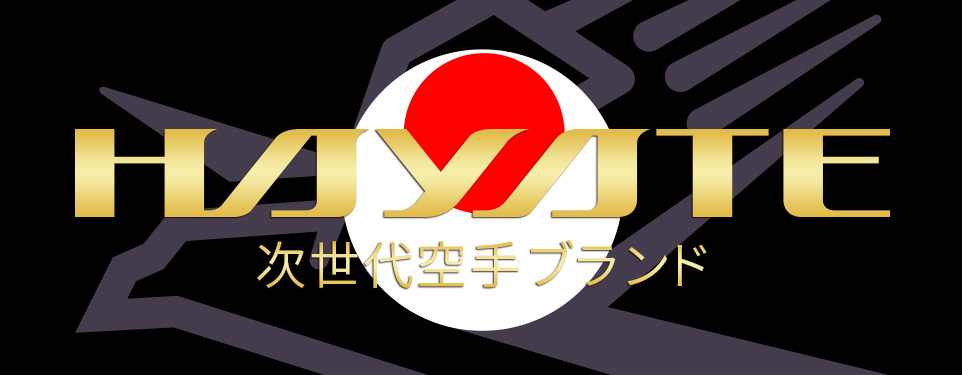9: Winning without Fighting【Kusahara Katsuhide, Chairman of JKA 】
For nearly 700 years, from the end of the 12th century to the late 19th century, Japan was ruled by a bushi (i.e., warrior) class that replaced the previous aristocracy. Unlike other countries, however, the ruling class in Japan had power but not wealth and authority. Wealth was held by merchants, while authority rested with the Imperial Court. Reflecting such a national character, a unique ethical and moral philosophy emerged among the Japanese warrior class that emphasized not only bravery but also “being simple and sincere with fortitude and vigor. (Shitsujitu-Gouken)” and, “maintaining one’s reputation and knowing one’s shame. (Na wo oshimi, haji wo shiru) ”
The martial arts acquired by bushi originally developed as fighting techniques to defeat their opponents. However, as time passed, bushi began to aim for “victory without fighting. They came to value the spirit of harmony. Especially in the Edo period, bushi were no longer warriors who fought but instead took on the role of administrators who conducted politics with virtue. From this emerged the new concept of bushi-do (i.e., the warrior’s way). What we think of today by the word bushi-do mainly refers to the ethics and moral values found in this Edo period samurai class. Budo today incorporates elements of modern sports into traditional Japanese martial arts. However, even in this context, the traditional bushi-do spirit is still essential.
The idea of “winning without fighting,” the ultimate philosophy of Japanese martial arts, also applies to karate-do. One does not attack first in karate-do, as is widely known by the phrase “no first attack in karate” in Sensei Funakoshi’s Twenty Guiding Principles of Karate. In budo, developed initially from self-defense, all actions begin with defending against an opponent’s attack. As you have already noticed, all movements in karate kata start with uke (i.e., receiving or blocking) techniques. In this sense, karate is not a method of killing, but a method of living, a budo for peace.
This is also true in budo other than karate. For example, the teachings of “Maximum efficient use of energy”and “Mutual welfare and benefit ” (Seiryoku-Zenyo, Jita-Kyoei) in judo and “Bu(-do) is love. (Bu wa ainari)” in aikido are also expressions of a similar philosophy.
Thus, Japanese budo, including karatedo, is not based on mere technique alone. Modern budo is not only about self-defense but also about mental and physical health, forming a culture that encourages practical self-improvement to learn a better way of life. In today’s globalizing world, what is required of Japan is to cherish this concept of “budo culture” and disseminate its essence to the world. The Japan Karate Association is determined and committed to playing a critical role in this endeavor.





